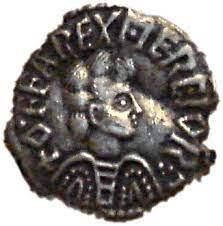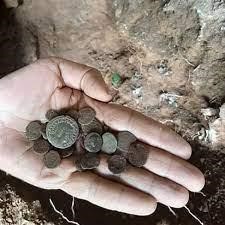Towards the end of the year, we should start to see the new coins featuring the face of the new Monarch King Charles. As is tradition the face of the monarch will face in the opposite direction to that of the previous – this is something that alternates as each new monarch takes to the throne.
In fact, the link between the monarchy and the money in the UK is a long and historic one. The first coins to be made in the UK were around 2000 years ago actually before the Romans arrive on Britain’s shores. With the arrival of the Romans of course the Roman monetary system was introduced, and if you are lucky you might still dig up the odd Roman era coin in Britain today as they were very widespread. If you think you might have found a Roman coin it is best to go to a professional like this coin valuers UK based company www.gmcoins.co.uk to find out more about it.
When the Romans left Britain and their empire crumbled, silver coins were used in Britain however a new system was not formally introduced. It was not until King Offa took to the throne in the 8th Century that the currency in England once again started to form officially and the coins introduced by him were the foundation of the country’s financial system for hundreds of years. It was also around this time that the coins bore the head of the monarch of England for the first time.
Coins also played an important part in the strength of Britain. For many people in a time when television was a long way off and travel was not something that most people did, the coins were a good way to get the image of the monarch out there to the public and spread their reputation. For example a king wearing a crown was viewed as rich and powerful as a ruler of the country and this went beyond the shores of Britain and into Europe via trade.
The royal mint was set up in the Tower of London, and it was there for hundreds of years, until the 19th Century in fact when it was relocated to where it is to this day.




